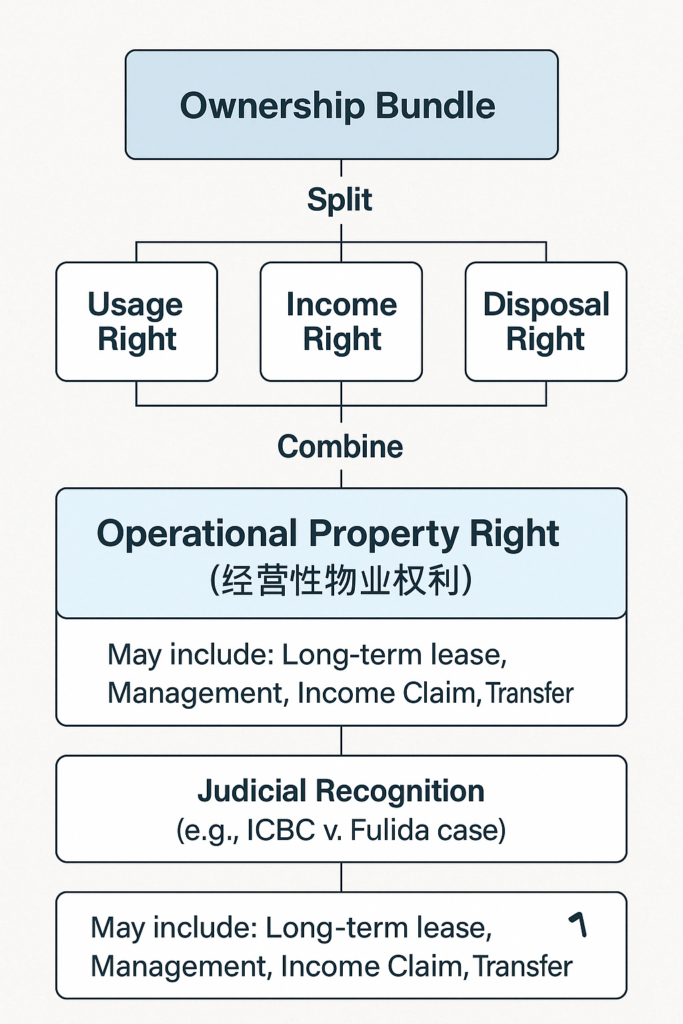Retirement marks a pivotal shift from wealth accumulation to distribution—and your mortgage is one of the biggest levers in this equation. While the idea of entering retirement debt-free is appealing, the decision to prepay your mortgage demands careful analysis of cash flow, investment opportunities, and tax implications unique to the US market. Here’s a data-driven framework to help you decide.
The Case for Paying Off Your Mortgage Early
1. Psychological Freedom & Cash Flow Relief
- The Stats: 72% of retirees surveyed by the Employee Benefit Research Institute (EBRI) rank “freedom from monthly payments” as their top financial priority.
- US Context: With the average 30-year fixed mortgage rate at 6.1% (Q1 2025), eliminating a 2,000/monthpaymentisequivalenttogeneratinga∗∗2,000/monthpaymentisequivalenttogeneratinga∗∗600,000** retirement portfolio yielding 4% annually.
- Pro Tip: Use a mortgage acceleration calculator to visualize interest savings. A 300,000loanat6300,000loanat658,000+ in interest**.
2. Interest Savings: The Power of Time
- Example: A homeowner with a 400,000mortgageat5.5400,000mortgageat5.5413,000 in interest**. Paying an extra 1,000/monthcutsthetermby12yearsandsaves∗∗1,000/monthcutsthetermby12yearsandsaves∗∗215,000**.
- Tax Caveat: Unlike Canada, the US allows mortgage interest deductions (up to $750,000 in loan value), but this benefit diminishes as balances shrink.
3. Hedge Against Market Volatility
- Retirement Reality: Sequence-of-returns risk is magnified when withdrawing from investments. Owning your home outright eliminates housing cost uncertainty—critical in a volatile bond/equity market.
The Drawbacks: Why You Might Keep Your Mortgage
1. Opportunity Cost: The 8% Rule
- Historical Data: The S&P 500 averages 8-10% annual returns over 30-year periods. Prepaying a 4% mortgage effectively “earns” just 4%—a potential 4-6% opportunity gap.
- Alternative Strategy: Invest extra payments in a tax-advantaged Roth IRA (post-tax growth) or index funds (lower capital gains rates).
2. Liquidity Crunch: The Hidden Risk
- Emergency Fund Math: The average retiree faces $135,000 in unexpected medical/long-term care costs (Fidelity 2024). Tying up cash in home equity limits access unless you opt for:
- HELOC (Home Equity Line of Credit): Variable rates currently at Prime + 2% (~8.5%).
- Reverse Mortgage (HECM): Federally insured for ages 62+, providing tax-free cash while retaining ownership. Note: US fees average 2,500−2,500−5,000 (vs. Canada’s $995 promo).
3. Tax Arbitrage Strategies
- High-Income Retirees: Those in the 24%+ federal tax bracket benefit from mortgage interest deductions.
- Investment Synergy: Deploying cash into municipal bonds (tax-free) or tax-deferred annuities may yield better after-tax returns than prepaying.
US-Specific Tools & Tactics
1. The “Middle Path”: Recasting Your Mortgage
- How It Works: After a lump-sum payment (e.g., $50,000), lenders re-amortize the loan, lowering monthly payments without refinancing.
- Ideal For: Retirees wanting cash flow relief but preserving liquidity.
2. The “Bond Swap” Strategy
- Math Check: If your bond portfolio yields 3% and your mortgage costs 5%, selling bonds to pay down debt nets an instant 2% “return.”
3. State-Level Considerations
- Property Tax States: Texas/Florida retirees gain no state income tax benefits from mortgage deductions.
- High-Tax States (CA/NY): Deductions are more valuable but may be capped under the SALT limit ($10,000).
Decision Framework: 5 Questions to Ask
- What’s your mortgage rate? Rates <5% favor investing surplus cash.
- Will you itemize deductions? Only 11% of taxpayers do post-2017 tax reform.
- How stable is your retirement income? Pension/annuity holders can absorb prepayment risks better.
- What’s your risk tolerance? Behavioral finance shows retirees overvalue “debt-free” psychology.
- Have you maxed out tax-advantaged accounts? 401(k)/IRA contributions often trump prepayment.
Conclusion: It’s About Balance
In the US, where housing comprises 34% of retiree budgets (Bureau of Labor Statistics), the optimal path blends debt reduction with wealth preservation. For most, partially prepaying (e.g., 1 extra payment/year) or recasting at retirement strikes the right balance. Consult a fiduciary CFP® to model scenarios using your exact tax rate, mortgage terms, and portfolio mix.
🥳 Love My Content?
Fuel more free guides with a beer! 🍺
(Every sip makes the keyboard dance!)
Secured via PayPal • No account needed

 SinoLoanHub: Expert Business Loan Solutions for North American Companies
SinoLoanHub: Expert Business Loan Solutions for North American Companies






